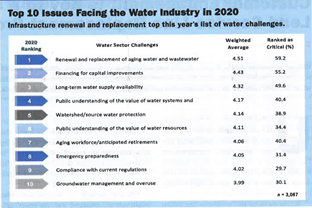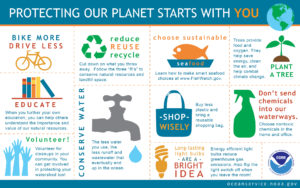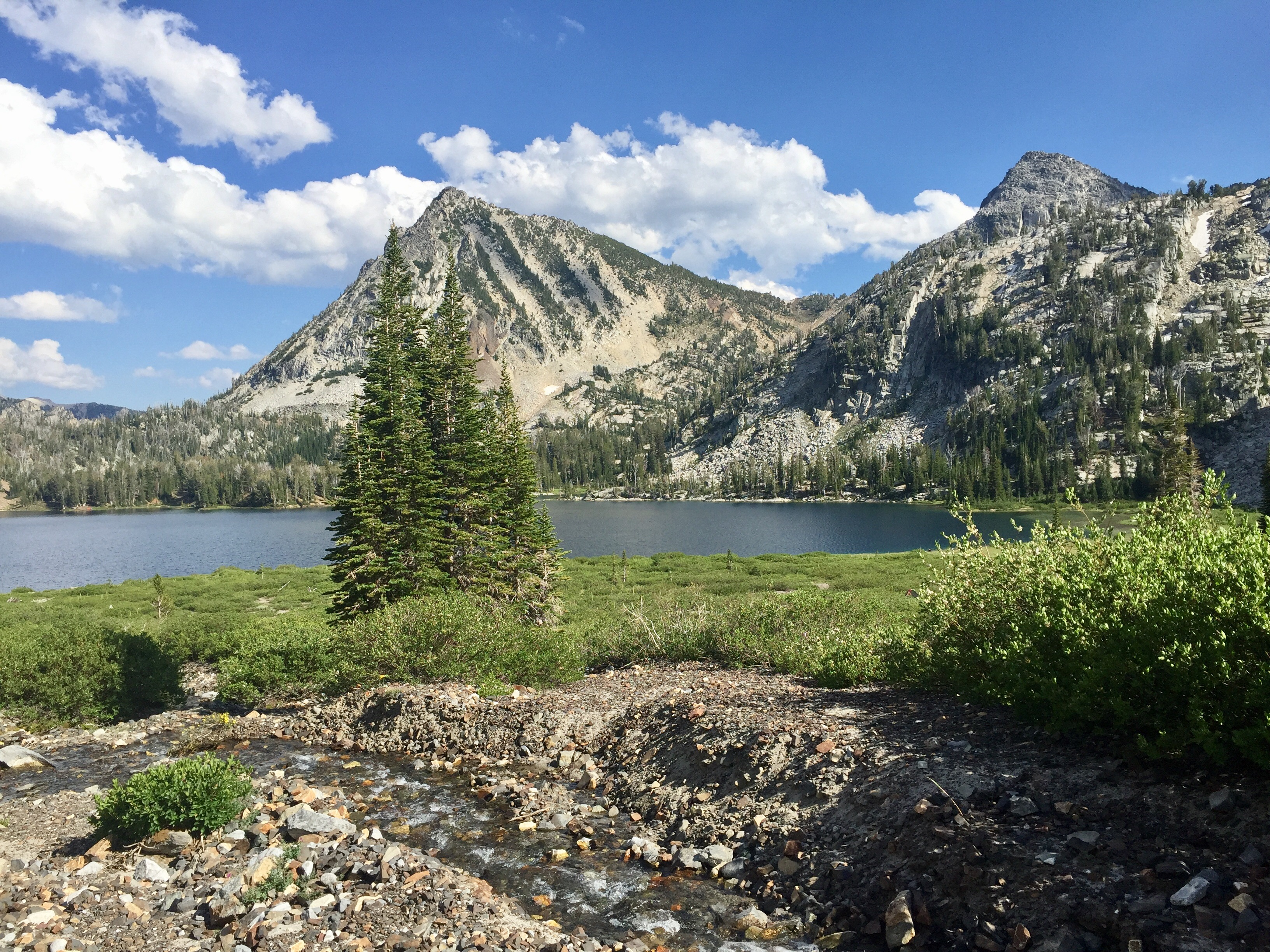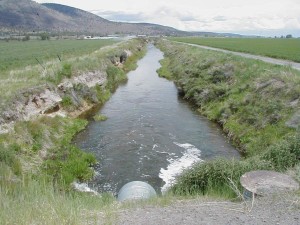NDEP Seeks Public Comments to Water Quality Integrated Report

 The Nevada Division of Environmental Protection (NDEP) seeks public comments to its Draft Water Quality Integrated report. The public comment period for Nevada’s 2020-2022 Draft Water Quality Integrated Report closes on December 31, 2021. On November 22, 2021, NDEP published its Public Notice, inviting comment on the Draft Nevada 2020-2022 Water Quality Integrated Report. The report was prepared in accordance with the Clean Water Act, §§ 303(d), 305(b), and 314. The Clean Water Act requires NDEP to conduct a comprehensive analysis of water quality data associated with Nevada’s surface waters.
The Nevada Division of Environmental Protection (NDEP) seeks public comments to its Draft Water Quality Integrated report. The public comment period for Nevada’s 2020-2022 Draft Water Quality Integrated Report closes on December 31, 2021. On November 22, 2021, NDEP published its Public Notice, inviting comment on the Draft Nevada 2020-2022 Water Quality Integrated Report. The report was prepared in accordance with the Clean Water Act, §§ 303(d), 305(b), and 314. The Clean Water Act requires NDEP to conduct a comprehensive analysis of water quality data associated with Nevada’s surface waters.
The report is a combination of the biennial reporting requirements under the Clean Water Act § 303 on impaired waters, and § 305 for an overall assessment of surface water quality within Nevada and a description of how current conditions provide for the protection of beneficial uses of the state’s waters. The 2020 and 2022 assessment periods were combined into one report, as is the standard practice in Nevada. Thus, the report covers a data collection period of over seven-years.
Data on Nevada’s rivers, streams, lakes and reservoirs was collected from October 1, 2013 through September 30, 2020 and was evaluated to determine if State water quality standards are being met and beneficial uses are supported. These periodic reports are used by the public, other entities, and NDEP for water quality management planning purposes.
Impaired Water Reporting Requirements
Under its Clean Water Act § 303 reporting requirements, NDEP has produced a list of waters where current pollution control technologies alone cannot meet the water quality standards set for that water body. The list also contains water bodies that may soon become impaired. Impaired waters are prioritized base on the severity of the pollution and the designated use of the water body (e.g. fish propagation or recreation). NDEP will also develop total maximum daily loads or TMDLs of pollutants in the impaired water bodies. These TMDLs designate the maximum concentration of each pollutant allowed in the water body and will help guide NDEP water resource management decision in an attempt to improve impaired waters.
Public Comment
The Draft Nevada 2020-2021 Water Quality Integrated Report is available at:
Links to the 2016-2018 Water Quality Integrated Report and examples of its public comments can also be found at the link above.
The public comment period for the Draft Nevada 2020-2021 Water Quality Integrated Report closes on December 31, 2021 at 5:00 PM. Any comments should be submitted by mail or email to:
 Dave Simpson
Dave Simpson
Nevada Division of Environmental Protection
Bureau of Water Quality Planning
901 S. Stewart St.
Carson City, NV 89701
dsimpson@ndep.nv.gov
What’s Next?
Once the report is submitted, Environmental Protection Agency (EPA) must notify NDEP of its approval or disapproval of the § 303 impaired waters list within thirty (30) days. If the list and associated TMDLs are approved, NDEP will incorporate them into its plan. If they are disapproved, the burden shifts to EPA to identify impaired waters and determine the TMDLs necessary to implement the water quality standards applicable to each water. This must be completed by EPA in thirty days. After such identification, if necessary, NDEP will then incorporate EPA’s § 303 list into its water quality plan.
The next biennial report will be drafted in 2023 with an opportunity to submit public comment on the draft report prior to submission. Watch for our blog about it here.
(Photo Credit: https://www.visitlaughlin.com/listing/colorado-river/36922/)


















